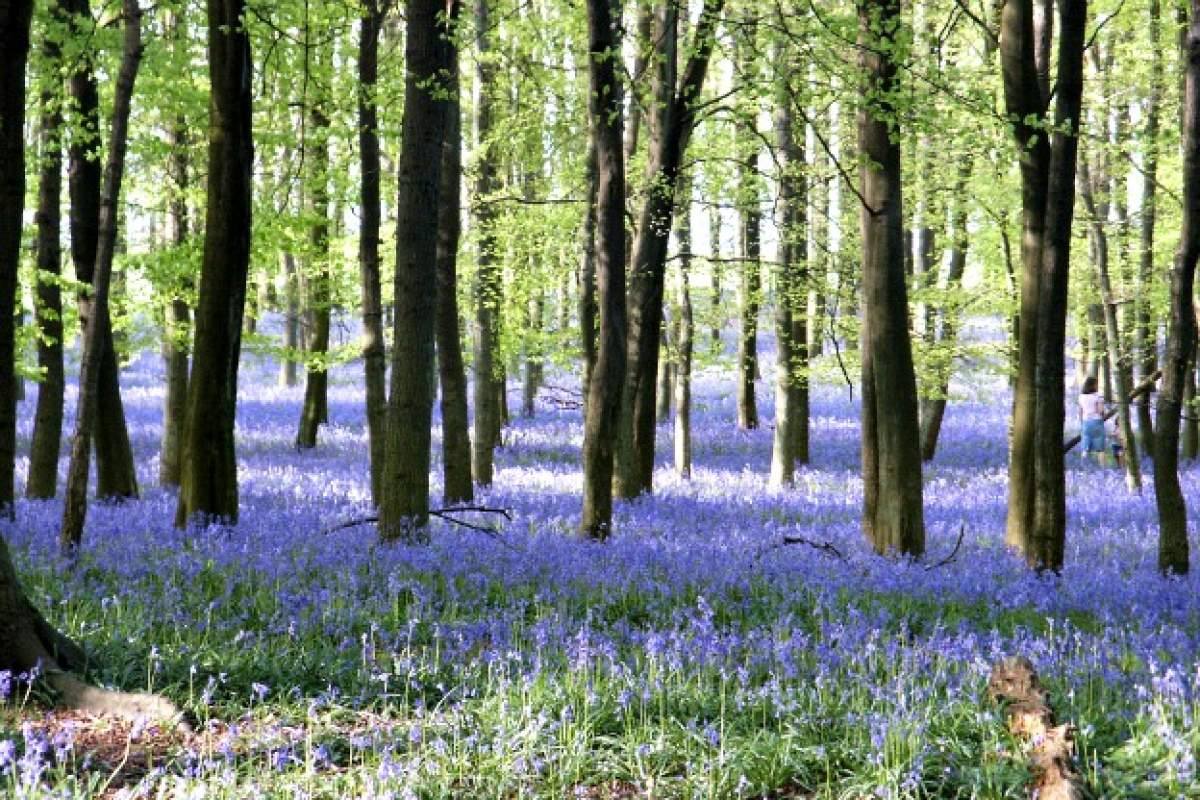
When I started gardening, I bought one of every plant I saw that appealed to me. A lot of them died, of course, as I paid little attention to their requirements with respect to their site. It was years before I really began matching the plants' needs with the places I planted them.
I read about Gertrude Jekyll's advice about always planting three, or multiples of three, so I started to do that. Then if I planted in an unsuitable site I had three dead plants instead of just one.
The economic realities then made me pay more attention to the plants' requirements. On a trip to England, I saw masses of bluebells that had naturalized in a woodland garden. I also visited the Lake Country and realized why Wordsworth wrote "a host of golden daffodils."
It came to me belatedly that spring bulbs do look wonderful en masse, as long as one plants them in a site they like. For example, in a low boggy site they will just rot, as they need good drainage. As I walked around my neighborhood at home, I saw small blue scilla that had naturalized in the lawns of older homes. They are ephemeral, so the foliage dies down quickly before the lawns are mowed. As I saw more small bulbs that had naturalized, I had a rare moment of insight and realized that perennials, as well as bulbs, look gorgeous in drifts of the same color.
If the gardener invests in enough bulbs or plants to create a drift, however, it is sensible to read about the plants' requirements carefully before making the purchase. Study the tags and match the plants to the site they prefer. Some plants will spread on their own if there is plenty of space; however, beware of planting invasive species. But do experiment with multiples of the same plants to create blocks of color. Drifts have much more impact in any garden than small dabs of color scattered throughout.









